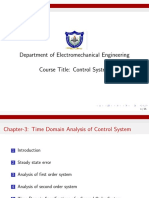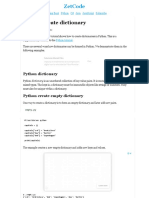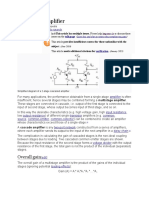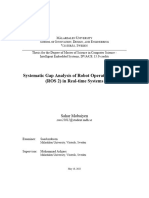0% found this document useful (0 votes)
18 views10 pagesWireless Networks Structured Revision Notes
The document provides an overview of wireless communication technologies, including types, advantages, and challenges. It covers transmission fundamentals, modulation techniques, and various wireless communication technologies such as cellular networks, Wi-Fi, and Bluetooth. Additionally, it discusses wireless networking methods and mobile application development related to wireless technologies.
Uploaded by
natembeatalliaCopyright
© © All Rights Reserved
We take content rights seriously. If you suspect this is your content, claim it here.
Available Formats
Download as PDF, TXT or read online on Scribd
0% found this document useful (0 votes)
18 views10 pagesWireless Networks Structured Revision Notes
The document provides an overview of wireless communication technologies, including types, advantages, and challenges. It covers transmission fundamentals, modulation techniques, and various wireless communication technologies such as cellular networks, Wi-Fi, and Bluetooth. Additionally, it discusses wireless networking methods and mobile application development related to wireless technologies.
Uploaded by
natembeatalliaCopyright
© © All Rights Reserved
We take content rights seriously. If you suspect this is your content, claim it here.
Available Formats
Download as PDF, TXT or read online on Scribd
/ 10































































































